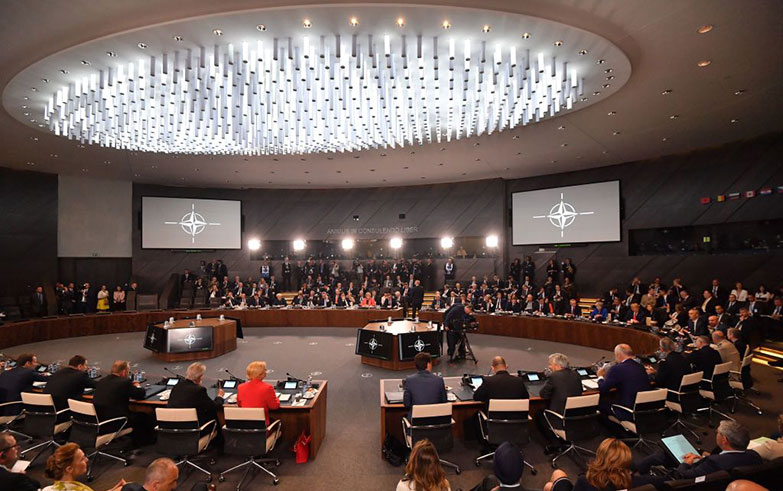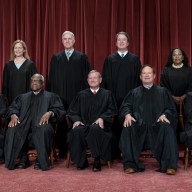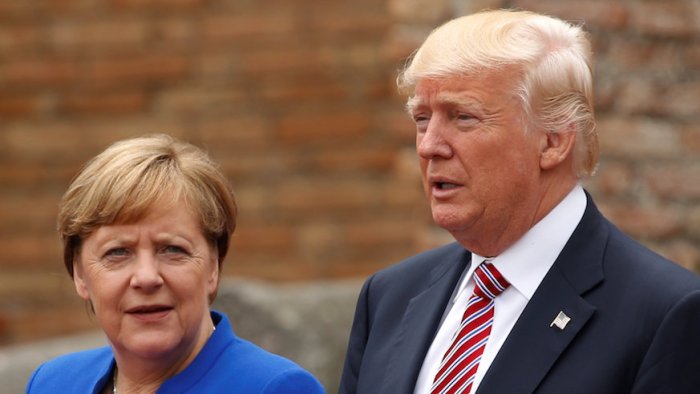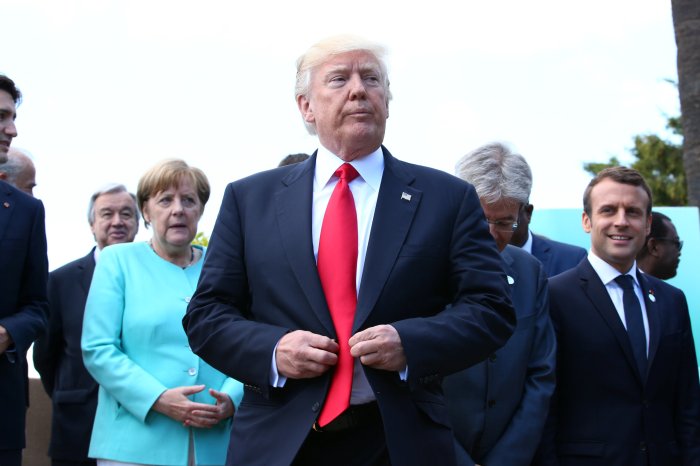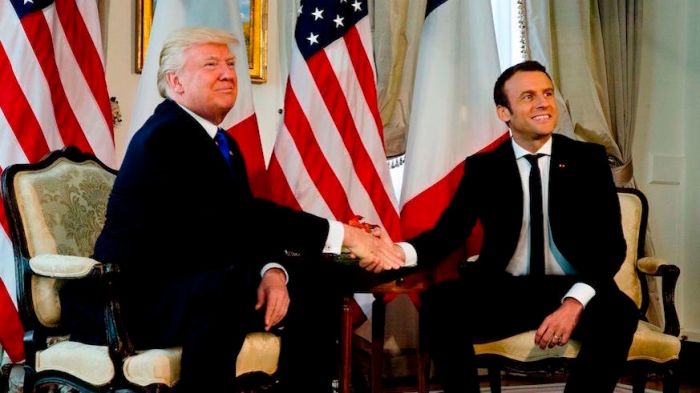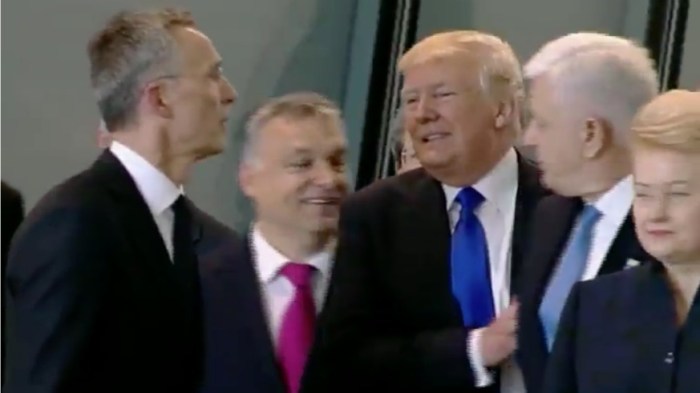Political observers expected President Trump to bring drama, even chaos, to this week’s NATO summit, and he did not disappoint. Since his candidacy, Trump has complained about the alliance of nations, claiming (untruthfully) that the United States pays 90% of NATO’s expenses. Some feared that Trump would pull the U.S. out of NATO altogether, which would totally upend the world order. But why? What does NATO stand for, literally and philosophically? Why was NATO formed?
What does NATO stand for?
What does NATO stand for, anyway? NATO stands for the North Atlantic Treaty Organization. It is a military alliance of 29 countries which is committed to their mutual defense. The oft-cited Article 5 of the NATO charter declares that an attack on one member nation is considered an attack on all. The only time Article 5 has been invoked was after 9/11, when NATO member nations came to the aid of the United States.
Why was NATO formed?
OK, so why was NATO formed? NATO was formed after World War II among several European nations and the United States to prevent the spread of communism throughout Europe. Democratic nations were threatened by the Soviet Union, the fall of Czechoslovakia into communism, and the rise of a communist party in Italy.
President Harry Truman signed the North Atlantic Treaty in April 1949. The initial alliance included the United States, the United Kingdom, Canada, Belgium, the Netherlands, Luxembourg, France, Portugal, Italy, Norway, Denmark and Iceland. Greece and Turkey joined in 1952. The Soviet Union first made overtures about joining in 1954, but was rebuffed then and ever since.
Article 5 was part of the NATO agreement from the beginning, and Article 6 specified that nations were to come to another nation’s defense militarily. The effect was that military technology and procedures were standardized across the alliance. NATO is overseen by a Secretary General elected from one of the member nations, and the NATO Parliamentary Assembly, which holds an annual summit.
Ultimately, NATO conducted no major campaigns during the cold war and was called into action only at the end of the twentieth century. The alliance has intervened in the Iraqi invasion of Kuwait, the Bosnian War and the genocide in Kosovo, via limited air-strike campaigns. NATO later provided security in the Iraq/Afghanistan conflicts and conducted thousands of air strikes in Libya to help bring about the end of the Gaddafi regime.
What if the U.S. leaves NATO?
Despite his thinly veiled threats to pull the United States out of NATO, President Trump can’t do that unilaterally. The U.S. entered into a formal and binding treaty that requires the approval of Congress.
“Leaving NATO would be a seismic step, previously unthinkable, that would shake up a western alliance that has endured for more than 70 years,” wrote Luke Harding in the Guardian today. “It would also be a boon to Russia and its leader, Vladimir Putin.”
For now, Trump has dramatically changed his tune. As this year’s summit closed, he said the commitment to NATO was “very strong.”
Congress had already sent that message, passing a nonbinding resolution 97-2 earlier in the week, expressing America’s support for NATO.

